- History历史:皇清职贡图九卷.清.傅恒等撰.乾隆内府刻本(66P):2023年-02月-01日
- History历史:皇清职贡图八卷.清.傅恒等撰.乾隆内府刻本(59P):2023年-02月-01日
- History历史:皇清职贡图七卷.清.傅恒等撰.乾隆内府刻本(149P):2023年-02月-01日
- History历史:皇清职贡图六卷.清.傅恒等撰.乾隆内府刻本(67P):2023年-02月-01日
- History历史:皇清职贡图五卷.清.傅恒等撰.乾隆内府刻本(78P):2023年-02月-01日
- History历史:皇清职贡图四卷.清.傅恒等撰.乾隆内府刻本(76P):2023年-01月-31日
- History历史:皇清职贡图三卷.清.傅恒等撰.乾隆内府刻本(65P):2023年-01月-31日
- History历史:皇清职贡图二卷.清.傅恒等撰.乾隆内府刻本(47P):2023年-01月-31日
- History历史:皇清职贡图一卷.清.傅恒等撰.乾隆内府刻本(99P):2023年-01月-31日
《皇清职贡图》是清乾隆朝官修,傅恒、董诰等纂写的一部民族史书。清代记述海外诸国及国内各民族的史籍。乾隆十六年(1751)至二十二年完成七卷﹐二十八年续成一卷﹐合卷首共九卷,清傅恒、董诰等纂,门庆安等绘。全书依地区编排,卷为一域外,如朝鲜、琉球、安南、英吉利、法兰西等地区;卷二为西藏、伊犁、哈萨克地区;卷三为关东、福建、湖南、台湾地区;卷四为广东、广西地区;卷五为甘肃地区;卷六为四川地区;卷七为云南一带;卷八为贵州地区;卷九是乾隆二十八年(一七六三)后所续补增绘之图,又另于嘉庆十年(一八○五),卷九末又再增补「越南国夷官」、「越南国夷妇」、「越南国行人」、「越南国夷人」、「越南国夷妇」五幅。总共绘制三百种不同的民族与地区之人物图像,每一种图像皆描绘男、女二幅,共计约六百幅。每幅图绘之后,皆附有文字说明,文词浅显易懂,简要地介绍此民族与清王朝的关系,以及当地的风土民情。乾隆十六年(一七五一),乾隆皇帝下令各地总督、巡抚将其管辖境内不同民族,及与清王朝有来往的国家之民族,描绘各民族的衣冠形貌,因而所绘图像以描写外形为主,并且注重对人物表情的刻画。且书中记载都为作者亲眼所见,故为真实可信的风土地理类著作。傅恒,字春和,姓富察氏,满镶黄旗人,清高宗皇后的弟弟,生年不详,卒于乾隆三十五年(一七七○)。傅恒在乾隆时期历任户部、吏部尚书、保和殿大学士兼军机大臣,加太子太傅。曾督师指挥大金川之战,并参与筹划平定准噶尔部的战争,封一等公,因此担任《钦定平定准噶尔方略》总裁。曾奉命仿汉字篆体制成满文篆字,共三十二体,并将《御制盛京赋》用满文篆字缮写,作为满文篆字的标准样本。另外还主编了多种重要的辞典类工具书,如多民族文字合璧的历史地理学词典《西域同文志》、大型分类满汉辞典《御制增订清文鉴》和满汉合璧《御批历代通鉴辑览》等,可见傅恒对满汉对译工作有重大的贡献。董诰,字雅伦,号蔗林,浙江富阳人,生于乾隆五年(一七四○),卒于嘉庆二十三年(一八一八)。乾隆年进士,累官至内阁学士,担任四库馆副总裁。善于绘画。着有《满洲源流考》、《高宗实录》等书。门庆安,生卒年不详,监生。
The Painting of Tribute to the Emperors of the Qing Dynasty is a national history book compiled by Fu Heng, Dong Gao and other officials in the Qianlong Dynasty of the Qing Dynasty. The Qing Dynasty recorded the history of overseas countries and domestic nationalities. Seven volumes were completed from 1751 to 22nd of the reign of Emperor Qianlong, and they were continued into one volume in the 28th year. The first volume was composed of nine volumes, compiled by Fu Heng and Dong Gao of the Qing Dynasty, and painted by Men Qing’an. The whole book is arranged according to the region, and is rolled into a foreign region, such as Korea, Ryukyu, Annan, English, France and other regions; Volume II covers Tibet, Ili and Kazak regions; Volume III covers Kanto, Fujian, Hunan and Taiwan; Volume IV covers Guangdong and Guangxi; Volume V covers Gansu Province; Volume VI covers the Sichuan region; Volume VII is about Yunnan; Volume VIII is about Guizhou; Volume 9 is a drawing that was added after the 28th year of Qianlong (1763). It was also added in the 10th year of Jiaqing (1805). At the end of volume 9, five pictures were added, namely, “Vietnamese Yiguan”, “Vietnamese Yifu”, “Vietnamese Pedestrian”, “Vietnamese Yiren” and “Vietnamese Yifu”. A total of 300 images of people from different nationalities and regions have been drawn. Each image depicts two men and two women, a total of about 600. After each painting, there are text descriptions, which are easy to understand and briefly introduce the relationship between this nation and the Qing Dynasty, as well as the local customs. In the 16th year of Qianlong’s reign (1751), the Emperor Qianlong ordered the governors and governors of various regions to depict the dress and appearance of different nationalities within their jurisdiction and the nationalities of countries that had dealings with the Qing Dynasty. Therefore, the painted images mainly describe the shape and pay attention to the expression of the characters. And the records in the book are all seen by the author himself, so they are authentic works of wind and land theory. Fu Heng, with the name of Chunhe and the surname of Fucha, is a man with yellow flags and the younger brother of Empress Gaozong of the Qing Dynasty. His birth date is unknown and he died in the thirty-fifth year of Qianlong (1770). During the Qianlong period, Fu Heng served successively as the secretary of the Ministry of Household, the minister of the Ministry of Civil Affairs, the great bachelor of the Baohe Hall and the minister of military aircraft, and the crown prince. He commanded the Great Jinchuan War, participated in the planning of the war to pacify the Junggar Ministry, and was awarded the first class public office. Therefore, he served as the president of the “Qinding Strategy to pacify Junggar”. He was ordered to imitate the seal characters of Chinese characters to make Manchu seal characters, a total of 32 characters, and wrote the Imperial Shengjing Fu in Manchu seal characters as a standard sample of Manchu seal characters. In addition, he has also edited a variety of important dictionary reference books, such as the historical geography dictionary “Western Regions Tongwen Zhi”, which is a combination of multi-ethnic characters, the large-scale classification of Manchu and Han dictionaries “Imperial Supplement to Qing Wenjian”, and the Manchu and Han combination of “Imperial Approval of the Chronicles”, which shows that Fu Heng has made significant contributions to the translation of Manchu and Chinese. Dong Gao, who was born in Fuyang, Zhejiang Province, was born in the fifth year of Qianlong (1740) and died in the 23rd year of Jiaqing (1818). In the year of Qianlong, he became a scholar and graduated to a bachelor’s degree in the cabinet. He served as the vice president of Sikuguan. Good at painting. There are books such as “The Origin of Manchuria” and “The Records of Gaozong”. Men Qing’an, whose birth and death are unknown, supervises the birth.


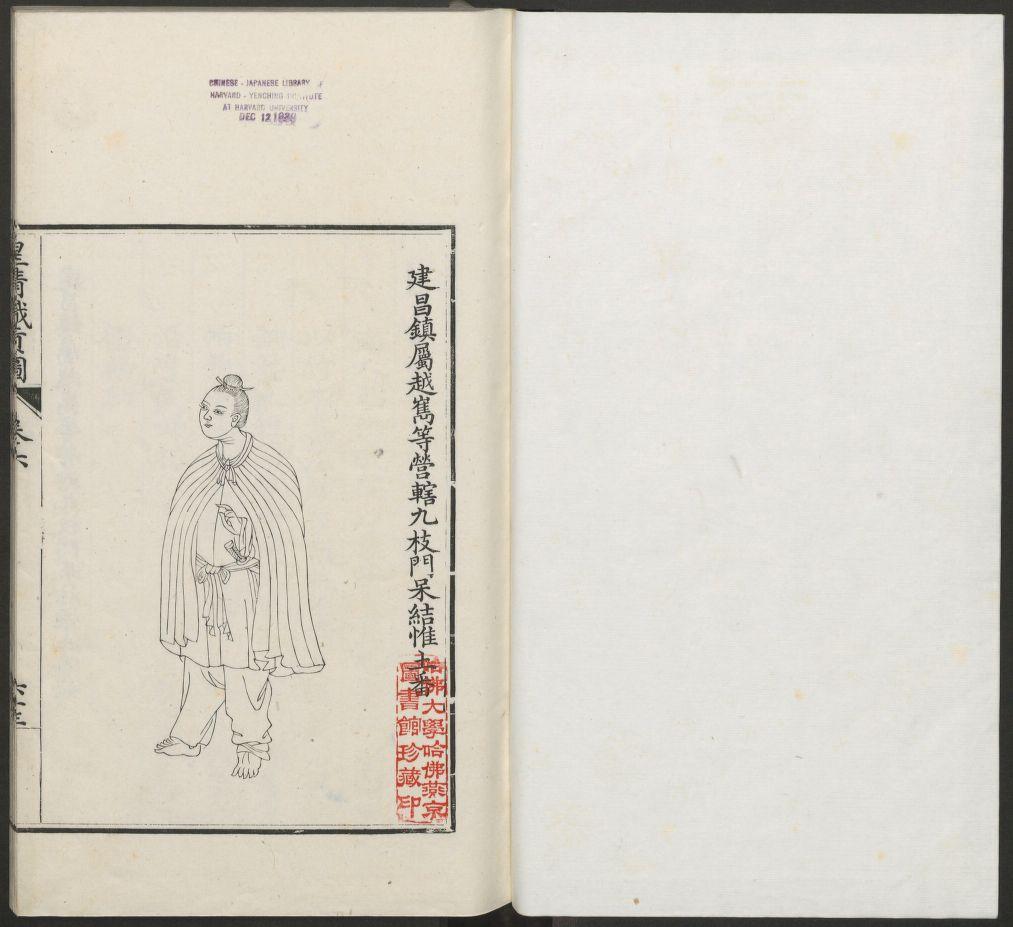








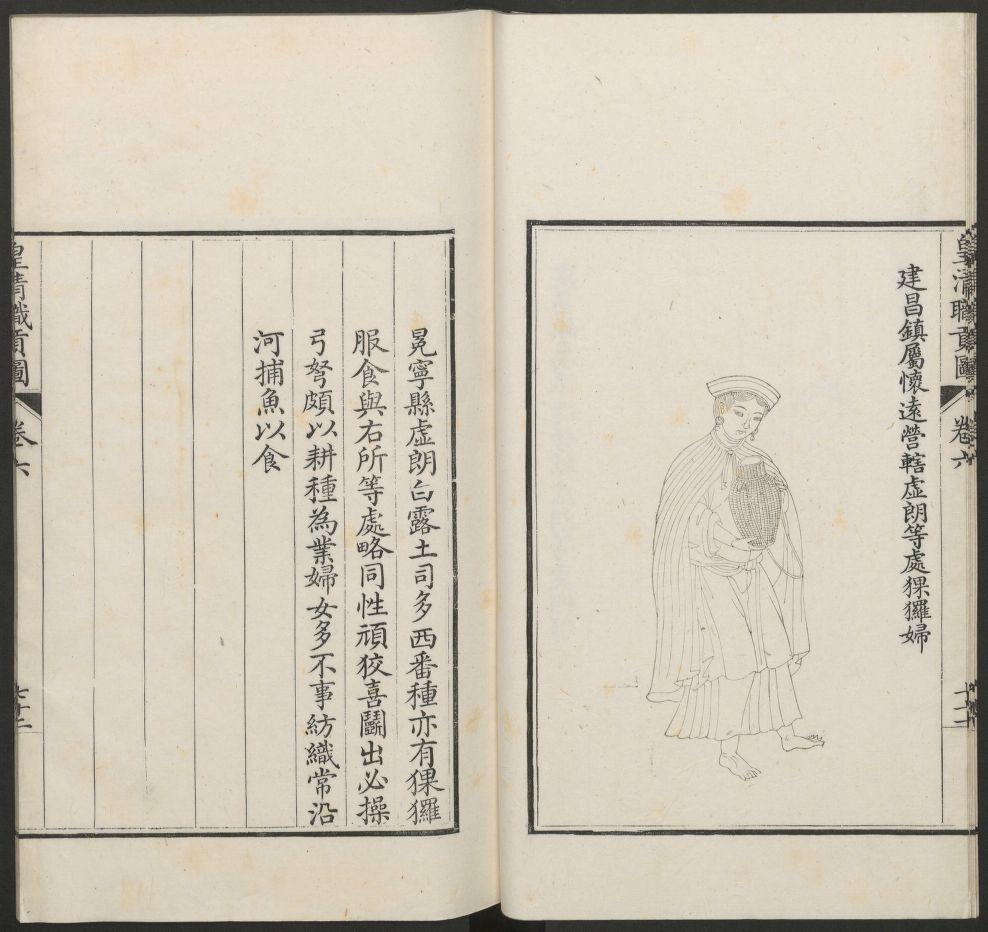


















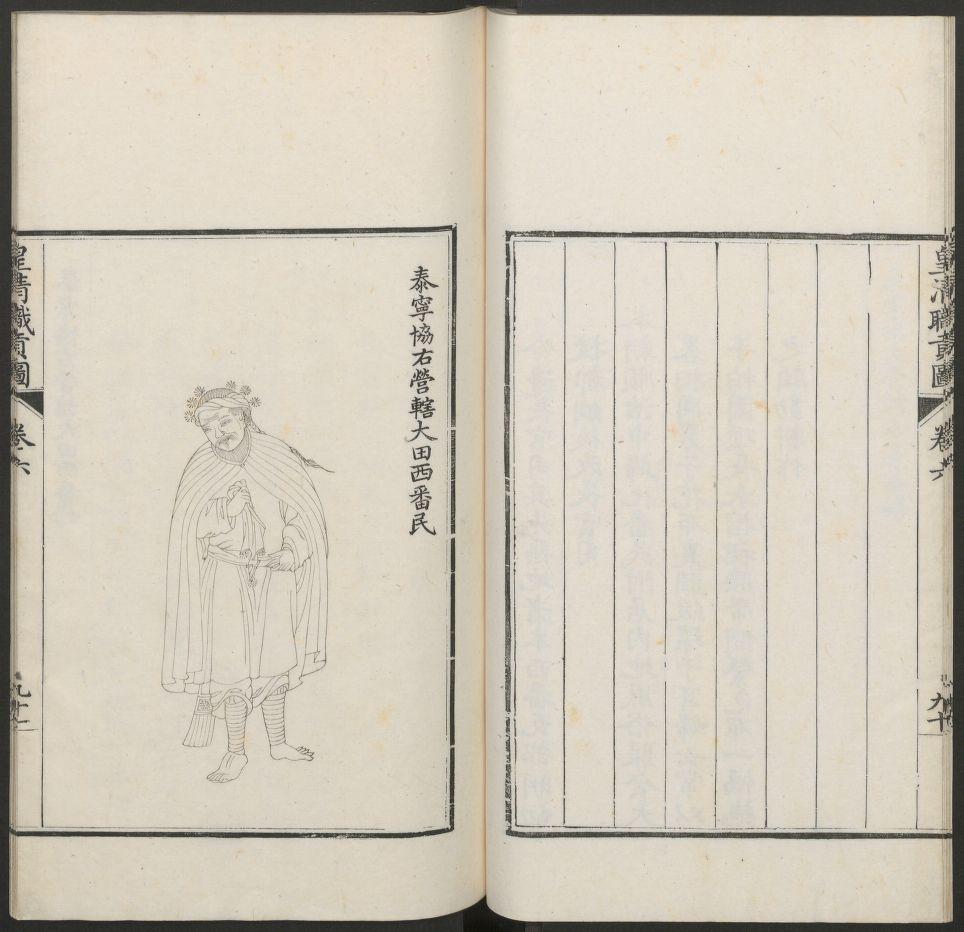


























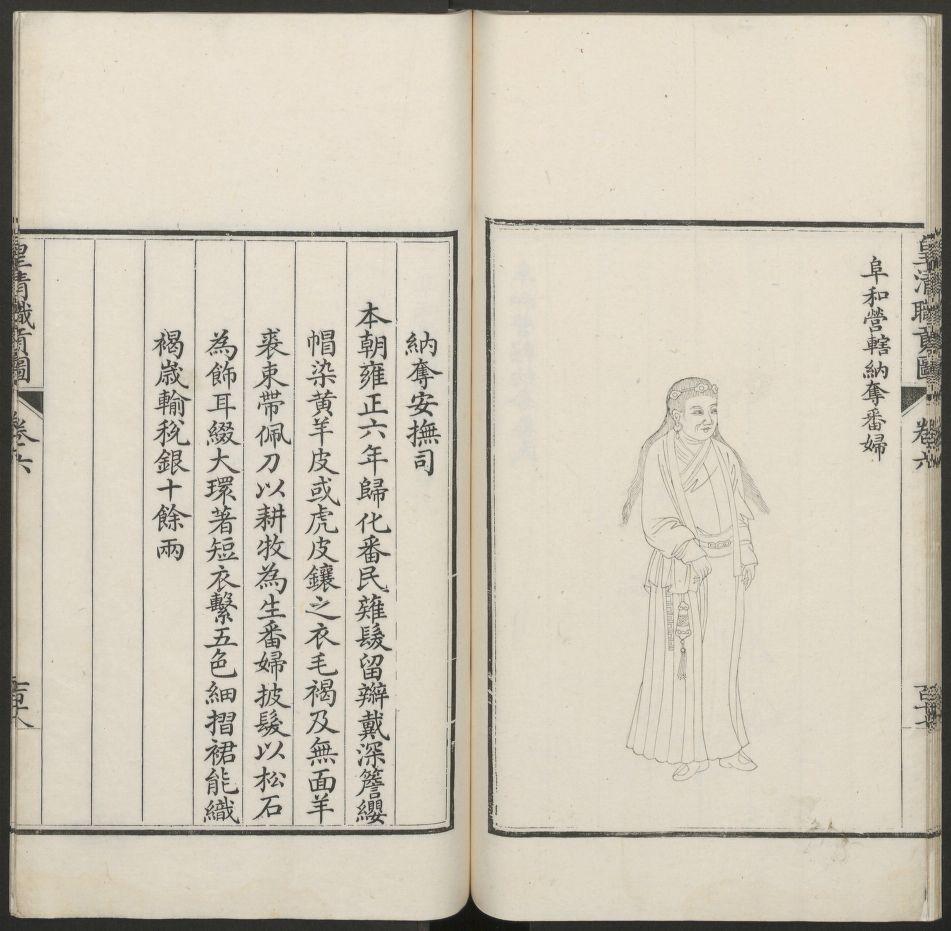
























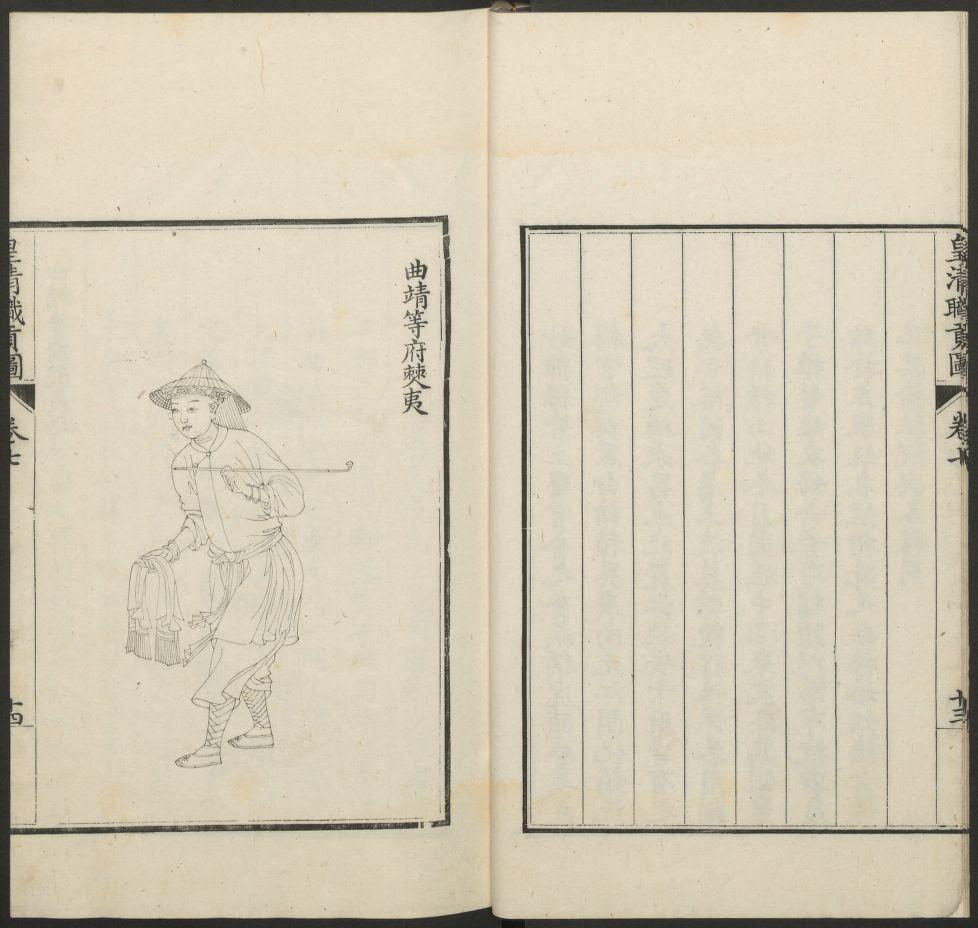













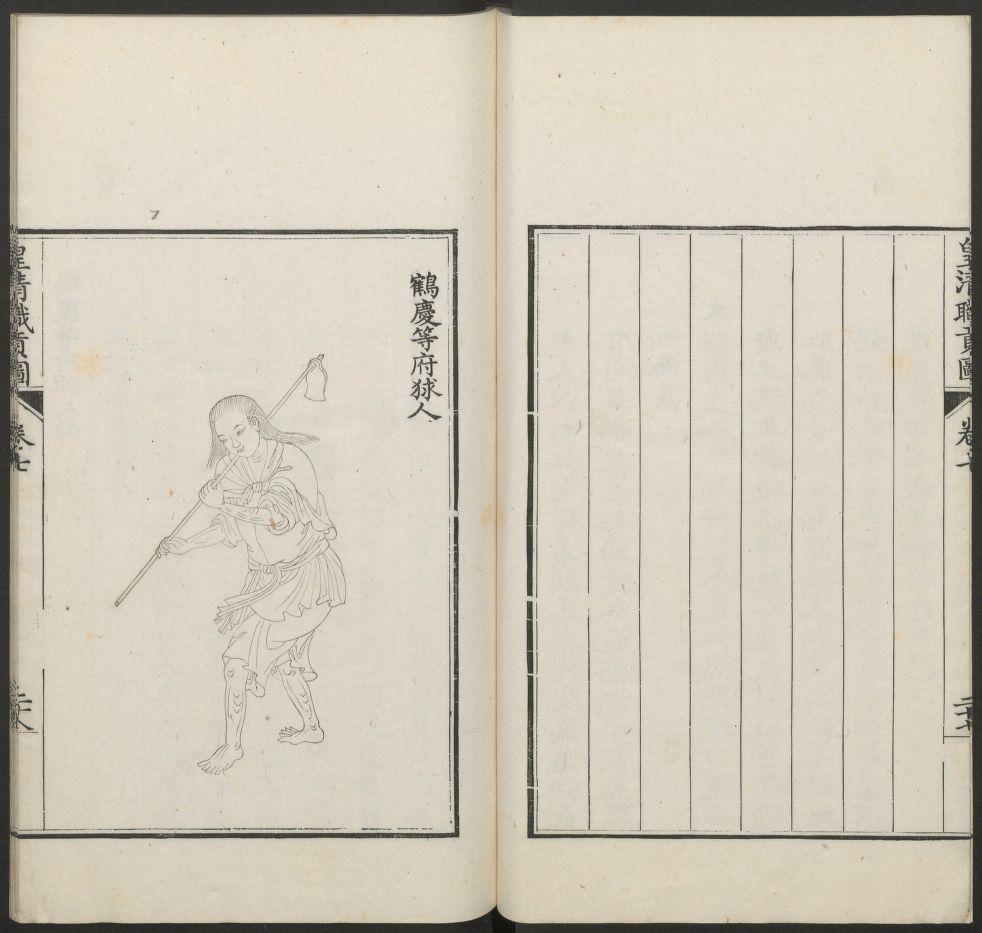































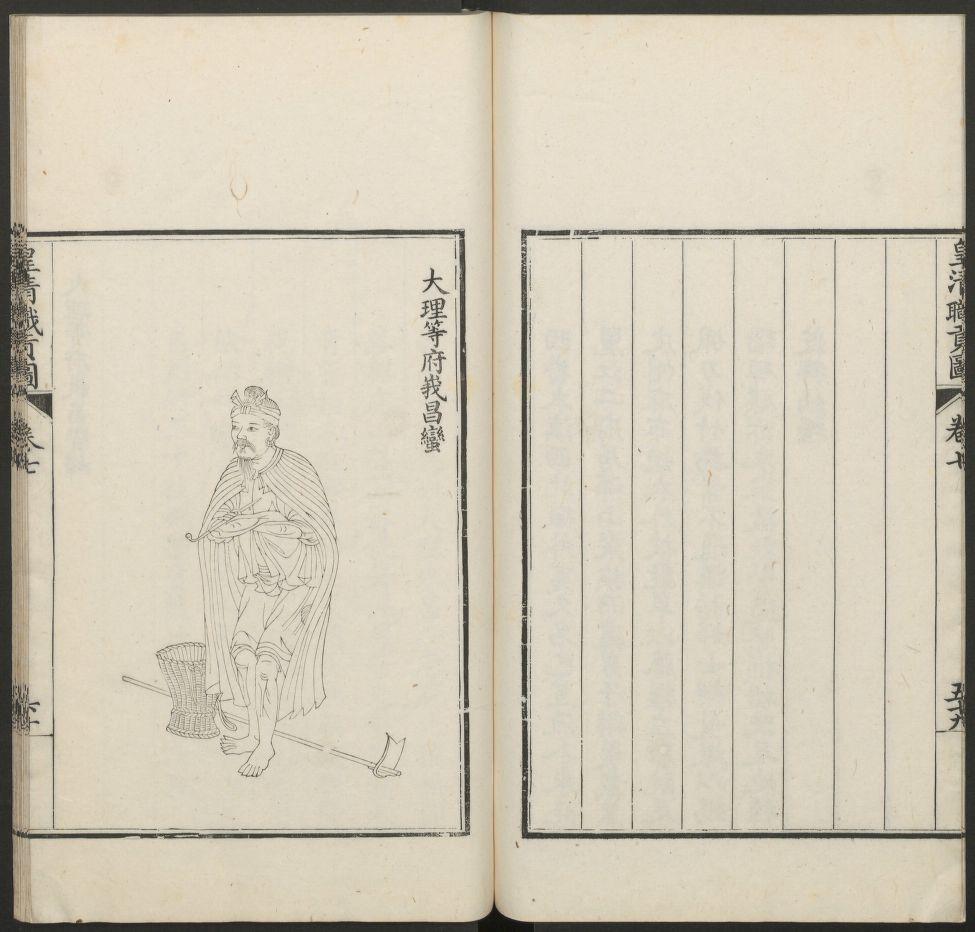

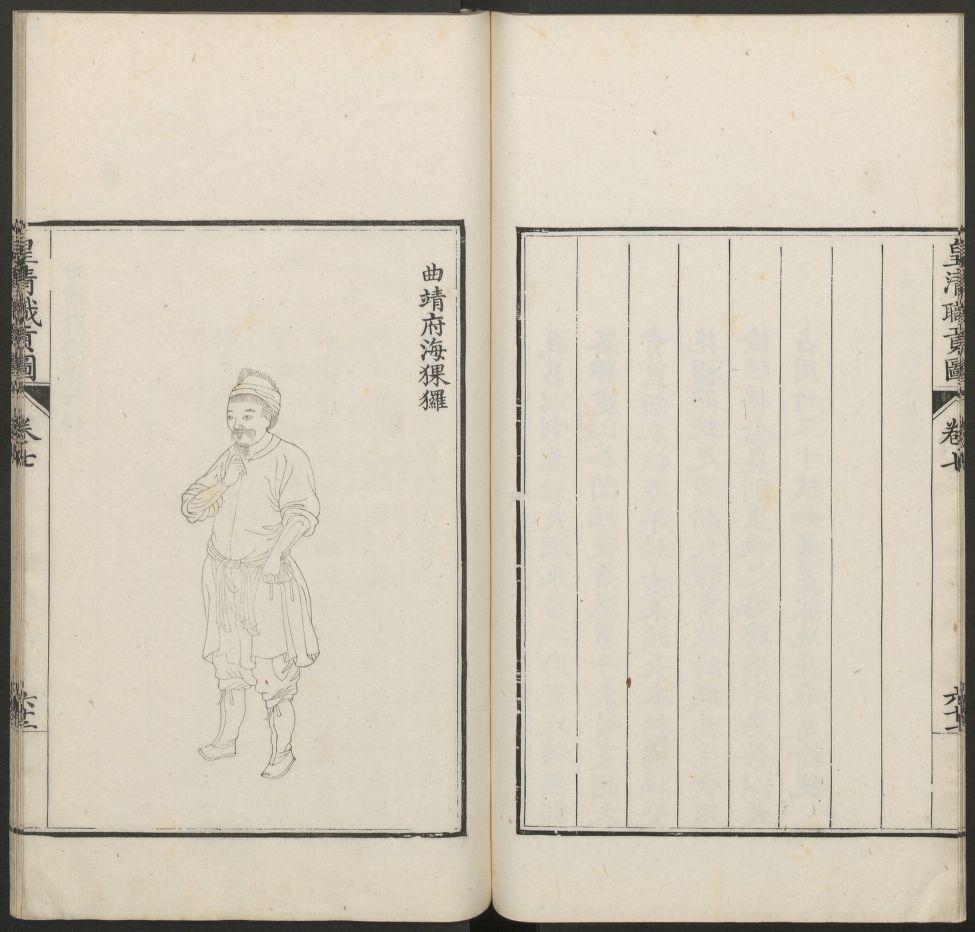
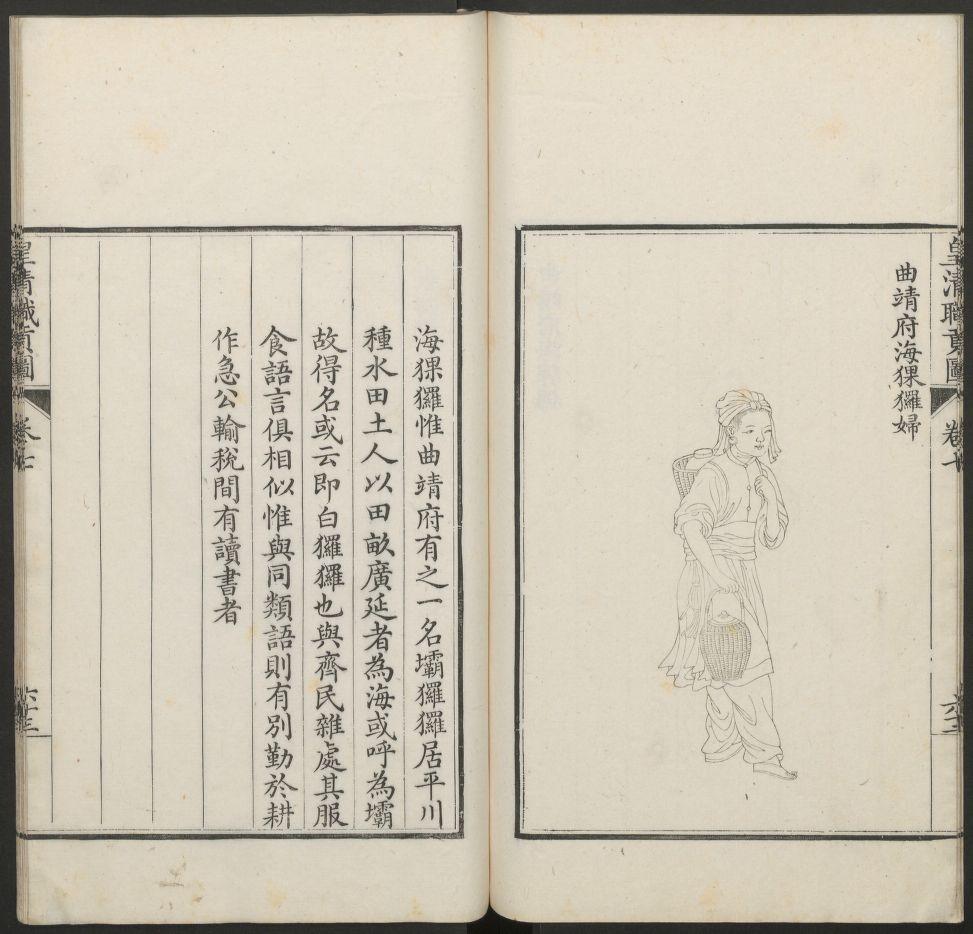

















Event事件 History历史 149P 皇清职贡图七卷.清.傅恒等撰.乾隆内府刻本
历史上的今天 ( 9 ):
- 2024年-02月-01日:NDS:Mega Brain Boost 超级大脑提升
- 2024年-02月-01日:NDS:Bandai Namco Entertainment 财宝报道机械机关的遗产
- 2024年-02月-01日:NDS:Ochaken no Heya DS 茶犬的房间DS
- 2024年-02月-01日:NDS:Prince of Persia: The Fallen King 波斯王子:堕落之王
- 2024年-02月-01日:NDS:Hissatsu Kung Fu - Kanji Dragon 必杀功夫:汉字龙
- 2024年-02月-01日:NDS:Princess on Ice 冰上公主
- 2024年-02月-01日:NDS:The Conveni DS: Otona no Keiei Ryoku Training 便利店DS:大人的经营能力锻炼
- 2024年-02月-01日:Comic动漫:火影忍者(第10部:卷65~卷72) (1493P)
- 2024年-02月-01日:News新闻:2024年2月1日新闻简报(国内国际)
可点 ➠ 2023年-02月-01日 ➠ 32 s ➠ ♥ 0

